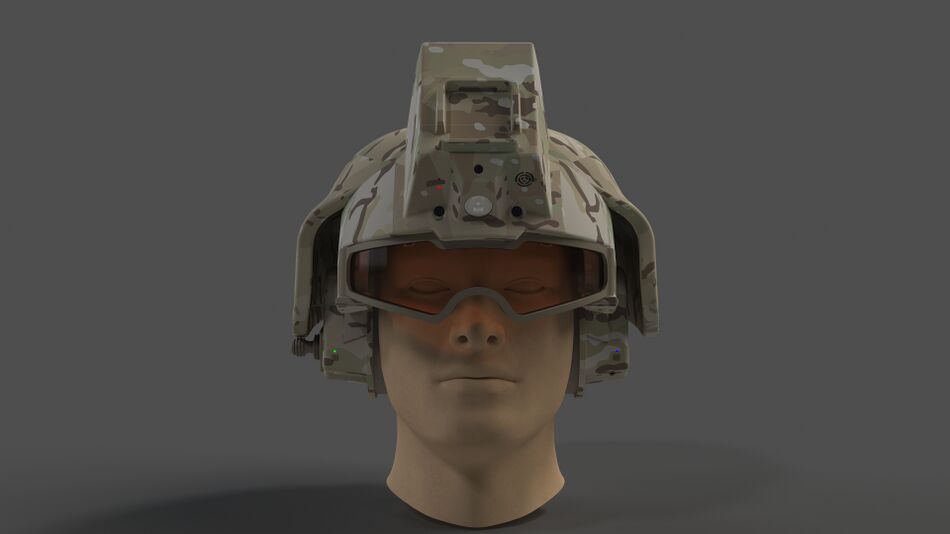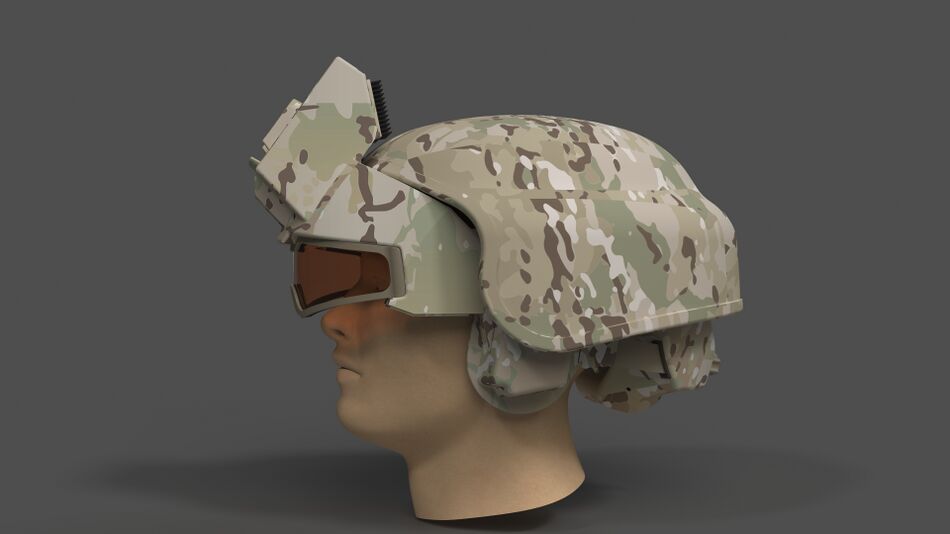Public:Press Release/Furtherium raises new round: Difference between revisions
No edit summary |
No edit summary |
||
| Line 16: | Line 16: | ||
The core of the technology is not only pre-trained Machine Learning models, but also neural network generative AI models that are trained together with each user. For this purpose, advanced CPU and NPU technologies are used in each device. | The core of the technology is not only pre-trained Machine Learning models, but also neural network generative AI models that are trained together with each user. For this purpose, advanced CPU and NPU technologies are used in each device. | ||
"You could say this is the next step in using generative AI in mobile platforms, focused not only on defense applications, with huge dual-use potential," Basil Boluk, Furtherium's CEO and CTO, told ( | "You could say this is the next step in using generative AI in mobile platforms, focused not only on defense applications, with huge dual-use potential," Basil Boluk, Furtherium's CEO and CTO, told (Your Media Name). "Fine-tuning a local model on a user's device still looks unfamiliar right now, but that's the future." | ||
In addition to the key goals of detection and recognition, other basic functions are Omnichannel Messenger, Media Capture and Exchange, Ballistic Fire Assistant and Spotter, Multi-Domain Operations, RC Universal Controller for drones and robots. You don't have to look into the future to understand the trends, just open YouTube and see for yourself the training programs at the U.S. Marine Corps and Army. | In addition to the key goals of detection and recognition, other basic functions are Omnichannel Messenger, Media Capture and Exchange, Ballistic Fire Assistant and Spotter, Multi-Domain Operations, RC Universal Controller for drones and robots. You don't have to look into the future to understand the trends, just open YouTube and see for yourself the training programs at the U.S. Marine Corps and Army. | ||
Latest revision as of 16:01, 31 July 2024
![]() →redirect Further information: Public:Graphical User Interface, Public:Applications, Public:ARHUDFM Features Summary, Public:DoD_Pains, Public:Press Release/Podcast Draft AR-powered Tactical Situational Awareness, Public:Press Release/Brief Top-10 Apps
→redirect Further information: Public:Graphical User Interface, Public:Applications, Public:ARHUDFM Features Summary, Public:DoD_Pains, Public:Press Release/Podcast Draft AR-powered Tactical Situational Awareness, Public:Press Release/Brief Top-10 Apps
This page contains actual press releases and suggested headlines. If you are an author, be free to use our materials to work on your articles and blogs. We can offer you even more material on our FAQ project page.
AI-powered Tactical Situational Awareness Developer Furtherium raises new round
AI Applications in the Defense Industry are moving upstanding. Project Maven, announced in 2017 according to various sources, is being tested in combat use in military conflicts in Ukraine and Israel.
A wearable mobile platform with a high-performance computing module within the Soldier-as-Sensor concept is expected to complement the Battlefield Management System ecosystem. At least a few defense agencies periodically publish innovation requests for these and related research and technology areas in the prototype stage.
Today's highly mobile battlefield threats and higher demands on the cognitive capabilities of operators are driving the need to act simultaneously on multiple fronts. Everyone is required to have accurate Tactical Situational Awareness, Friend-or-Foe Identification, BLOS Communications, Sensors, Signal Intelligence and be an element for sharing this information in peer-to-peer networks. One of the first creators of such a mobile platform is Furtherium, which announced a new round of funding today.
Founded in 2021 in Germany, Furtherium is developing an integrated product ARHUDFM - Hardware modules, SaaS and Healthcare modules. Several detection and recognition functions cover visual information in the visible and infrared spectrum, sound and radio frequency waves over a very wide range, passive radar signatures and an EOD scanner for explosive detection.
The core of the technology is not only pre-trained Machine Learning models, but also neural network generative AI models that are trained together with each user. For this purpose, advanced CPU and NPU technologies are used in each device.
"You could say this is the next step in using generative AI in mobile platforms, focused not only on defense applications, with huge dual-use potential," Basil Boluk, Furtherium's CEO and CTO, told (Your Media Name). "Fine-tuning a local model on a user's device still looks unfamiliar right now, but that's the future."
In addition to the key goals of detection and recognition, other basic functions are Omnichannel Messenger, Media Capture and Exchange, Ballistic Fire Assistant and Spotter, Multi-Domain Operations, RC Universal Controller for drones and robots. You don't have to look into the future to understand the trends, just open YouTube and see for yourself the training programs at the U.S. Marine Corps and Army.
In its new YouTube video, Furtherium demonstrates the capabilities of its mobile platform, controlled primarily by a voice assistant that adapts to each user.
"It seems natural and logical now, but we didn't come to this immediately, it took several years of research into behavioral capabilities, cognitive constraints, tactical documentation and the capabilities of different electronic component architectures," continued Basil Boluk. "The technical requirements of the military are very different from civilian applications. This applies not only to Hardware, but also to Software, including how generative AI models should be used, what criteria they are required to meet."
Many features must be considered when designing for military applications: Night Vision and Augmented Reality without outward illumination, protection against ionizing radiation, main and backup power system, battery life, active cooling, shock wave and fragments exposure, encryption and hopping frequencies for data exchange, reduced traffic while maintaining data quality.
It would be wrong to think about the protection of the device and not provide for the protection of the user. For this purpose, several options are created simultaneously for hearing protection and protection against concussion, eye and face protection, respiratory protection, built-in drinking system, automatic tourniquets to stop acute bleeding. Sensors in the user's arms, legs, back, and chest allow health monitoring during exercises, training, and tactical missions.
The market for this technology is incredibly large. Furtherium SAM estimates exceed $31B and include markets in over 32 NATO countries and its allies. Amid the Research, Development, Test & Evaluation budget of the U.S. DoD alone of $148B this looks promising. Military innovation budgets are on the rise, that's another trend today.
According to Furtherium, the project involves integration with products from several companies such as Palantir, Anduril, Teledyne FLIR, Shield AI, Epirus, Elbit Systems, Raytheon, Northrop Grumman and Thales Group. Combining non-competing systems creates unique synergies.
The terms and participants of the round have not been announced yet. Investors are expected to include companies with expertise in the Defense and Security area.


